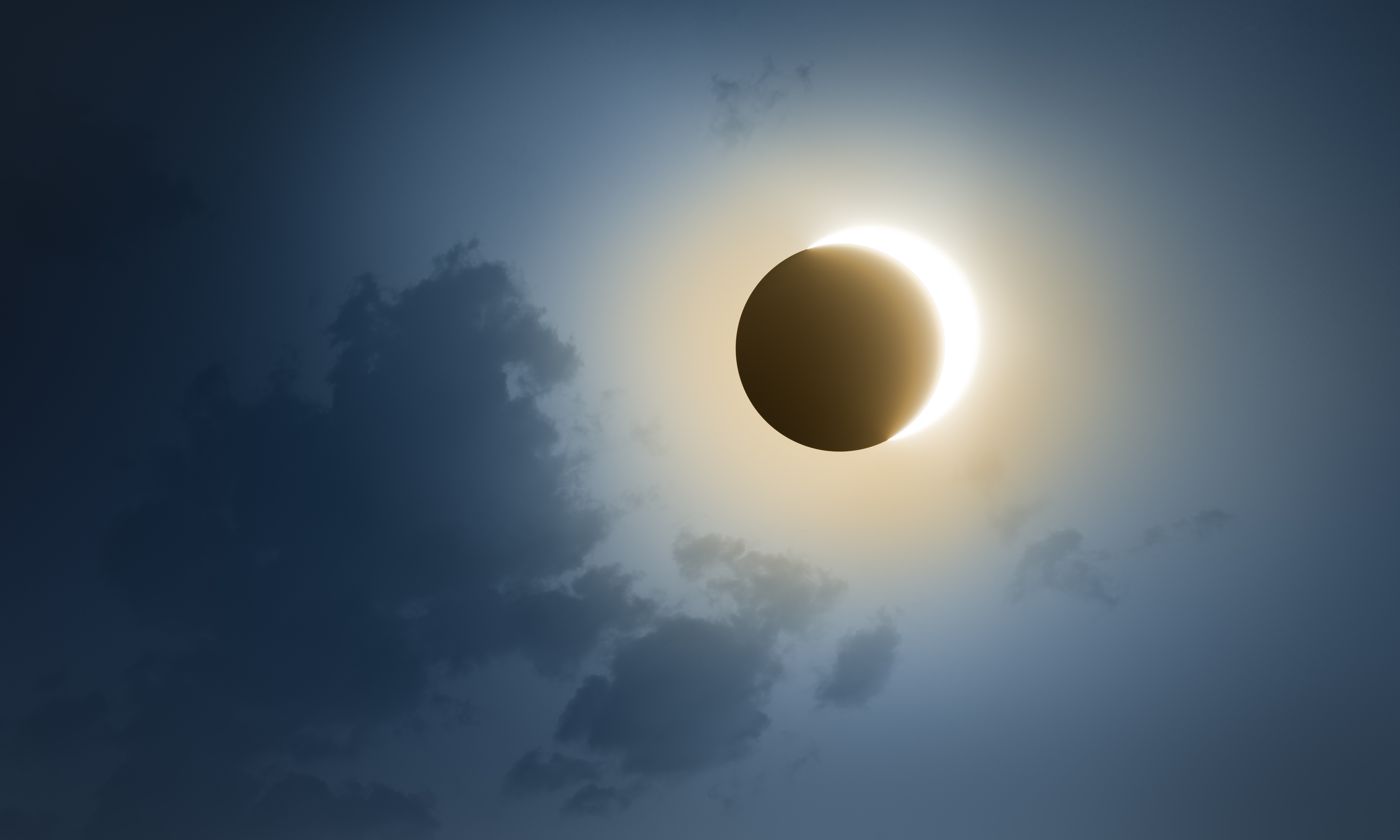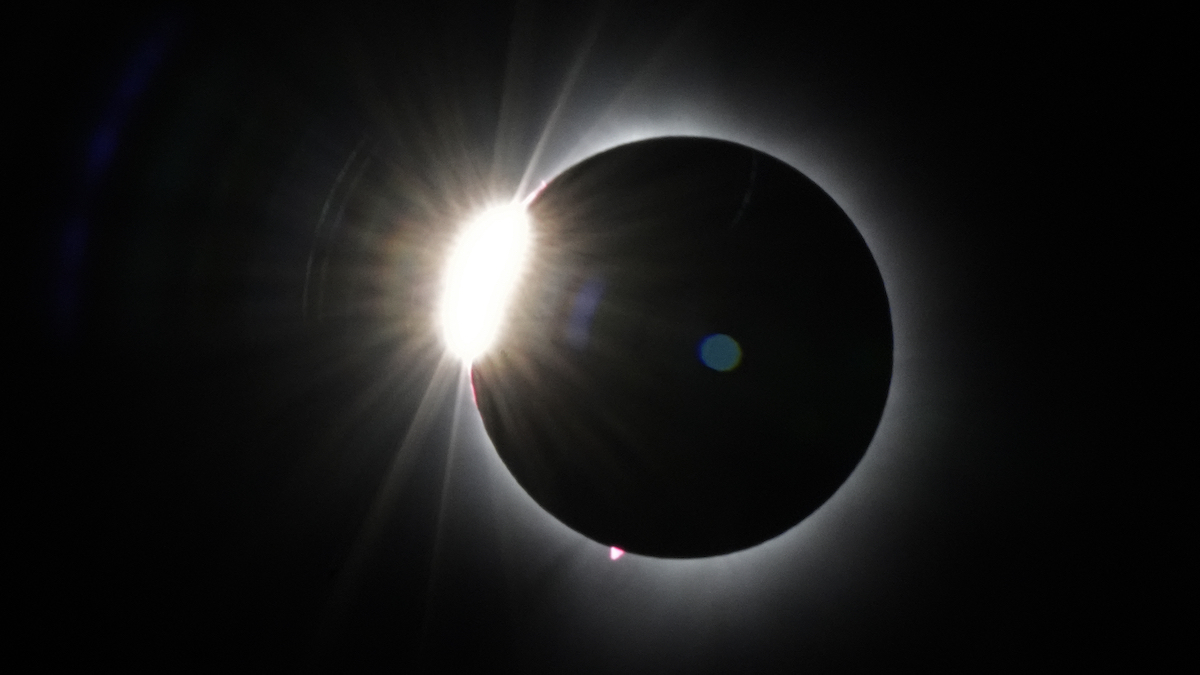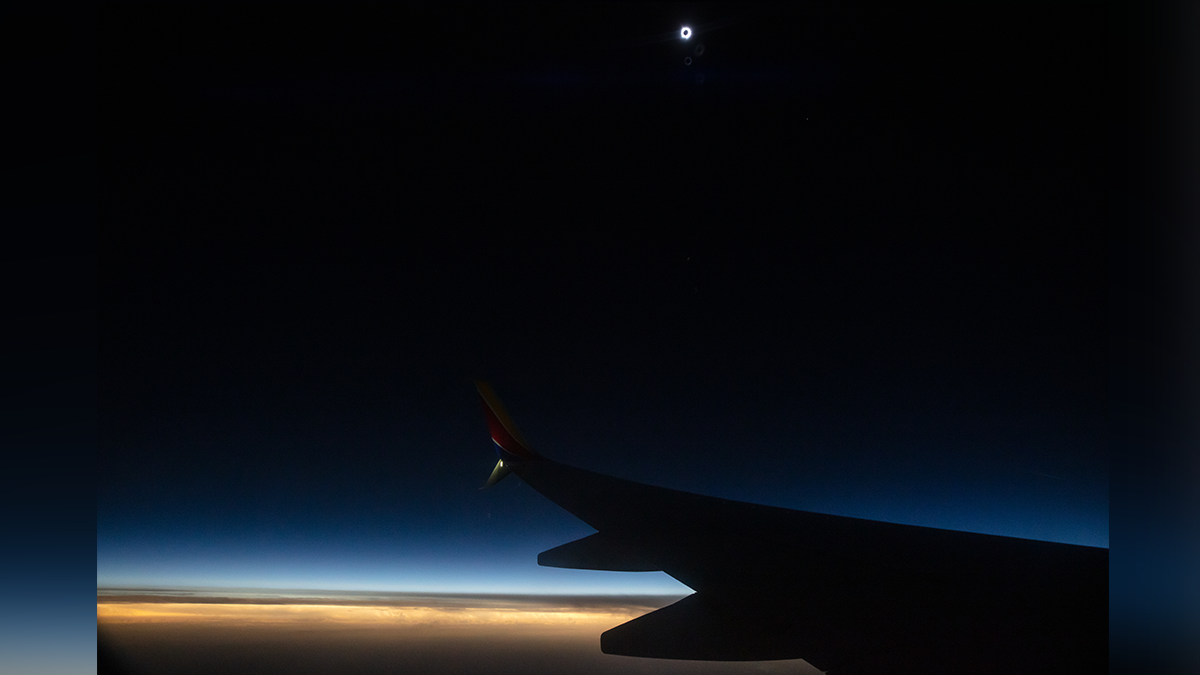Did you see those red blotchy areas around the sun during Monday's total solar eclipse?
Those are called solar prominences. Though they look like they could be made of fire, they are actually eruptions of plasma, a hot gas made of electrically charged hydrogen and helium, extending outward from the sun's surface.
Solar prominences flow along a magnetic field the sun generates and can last for several months. The prominences can extend into space as far out as 200,000 miles, nearly the distance between the Earth and the moon -- that's roughly 28 times the diameter of our planet.

Get DFW local news, weather forecasts and entertainment stories to your inbox. Sign up for NBC DFW newsletters.
So, what's the difference between a prominence and a solar flare or CME?
Prominences are anchored to the sun's photosphere, the lowest level of the sun's atmosphere, and aren't ejected into space.
Solar flares, NASA said, are giant bursts of X-rays and energy that shoot from the sun into space at the speed of light. Traveling at that speed, solar flares can reach the Earth in about eight minutes where they can cause disruptions to satellites and communications in the Earth's atmosphere.
CMEs are also ejected into space but are slower than flares and travel at about 5% the speed of light, or roughly 9,300 miles per second. At that speed, it can take between one and three days for a CME to reach Earth.
When the CME's cloud of electrically charged particles passes the Earth, some are drawn to the magnetic poles and interact with atoms and molecules in our atmosphere, causing the aurora borealis in the northern hemisphere and the aurora australis in the southern hemisphere.
Prominences, which remain tethered to the sun, have no impact on the Earth.




